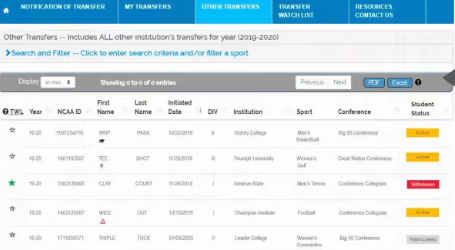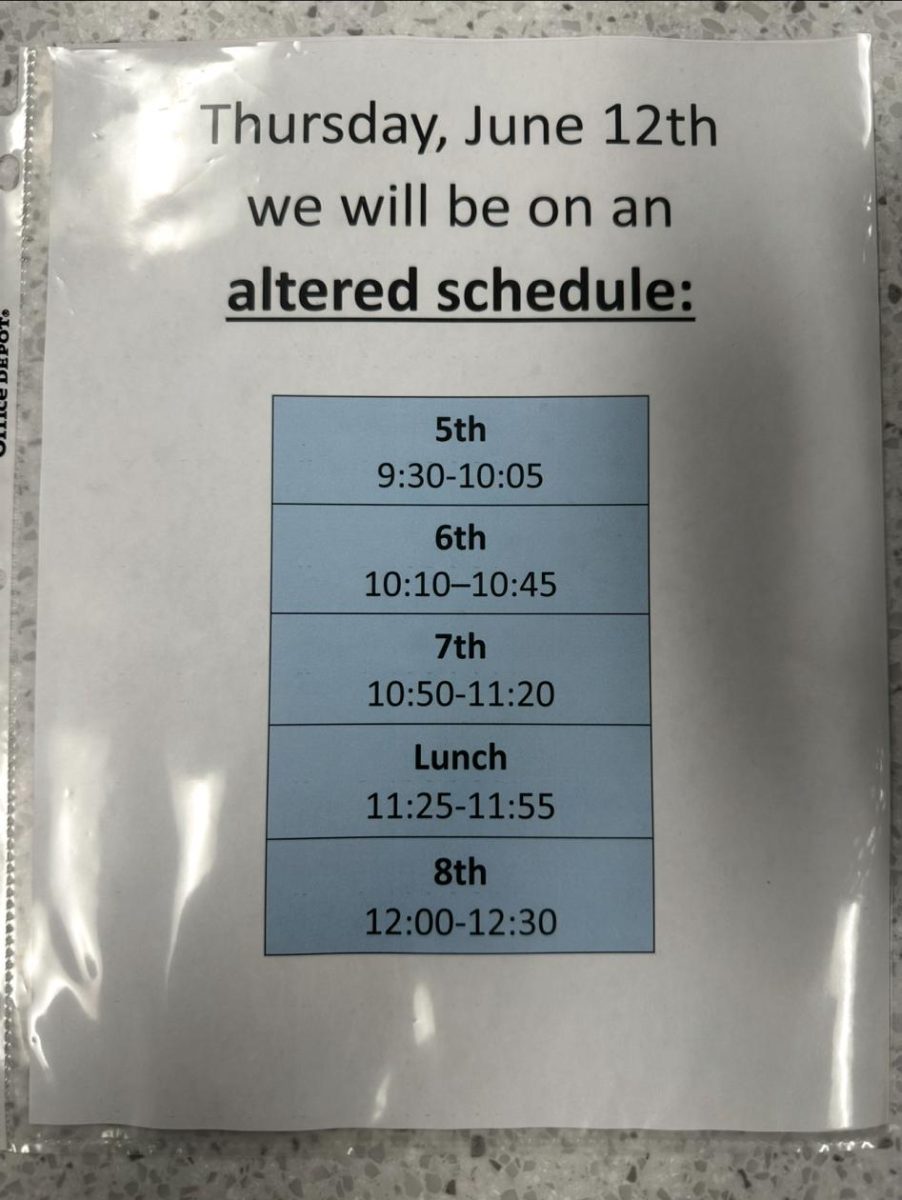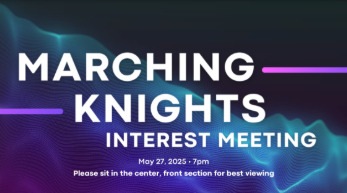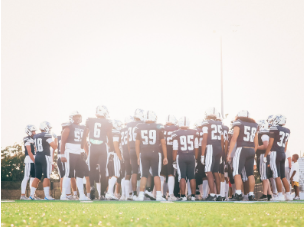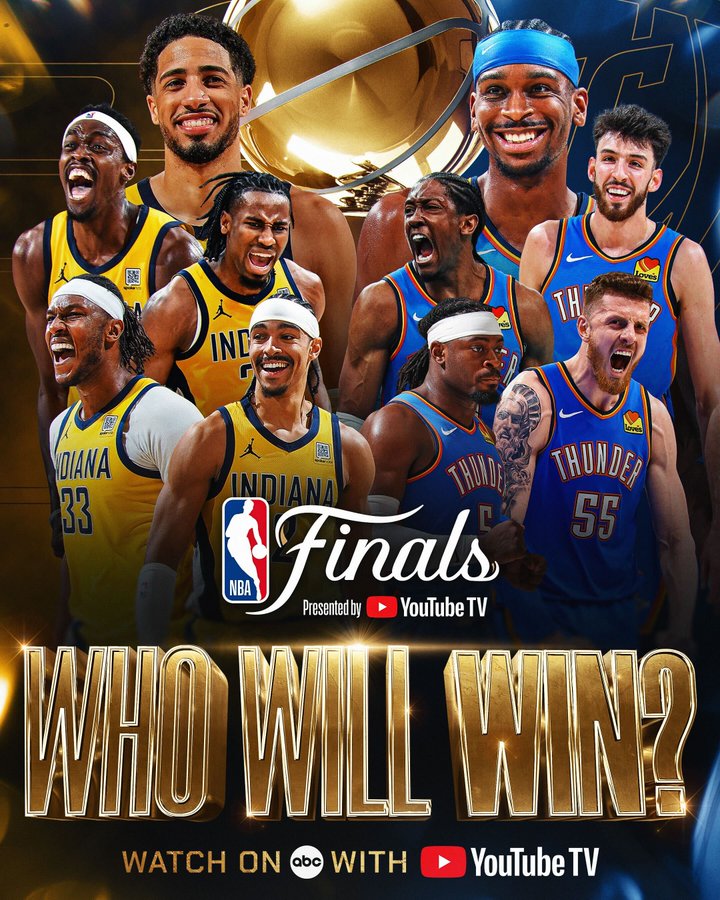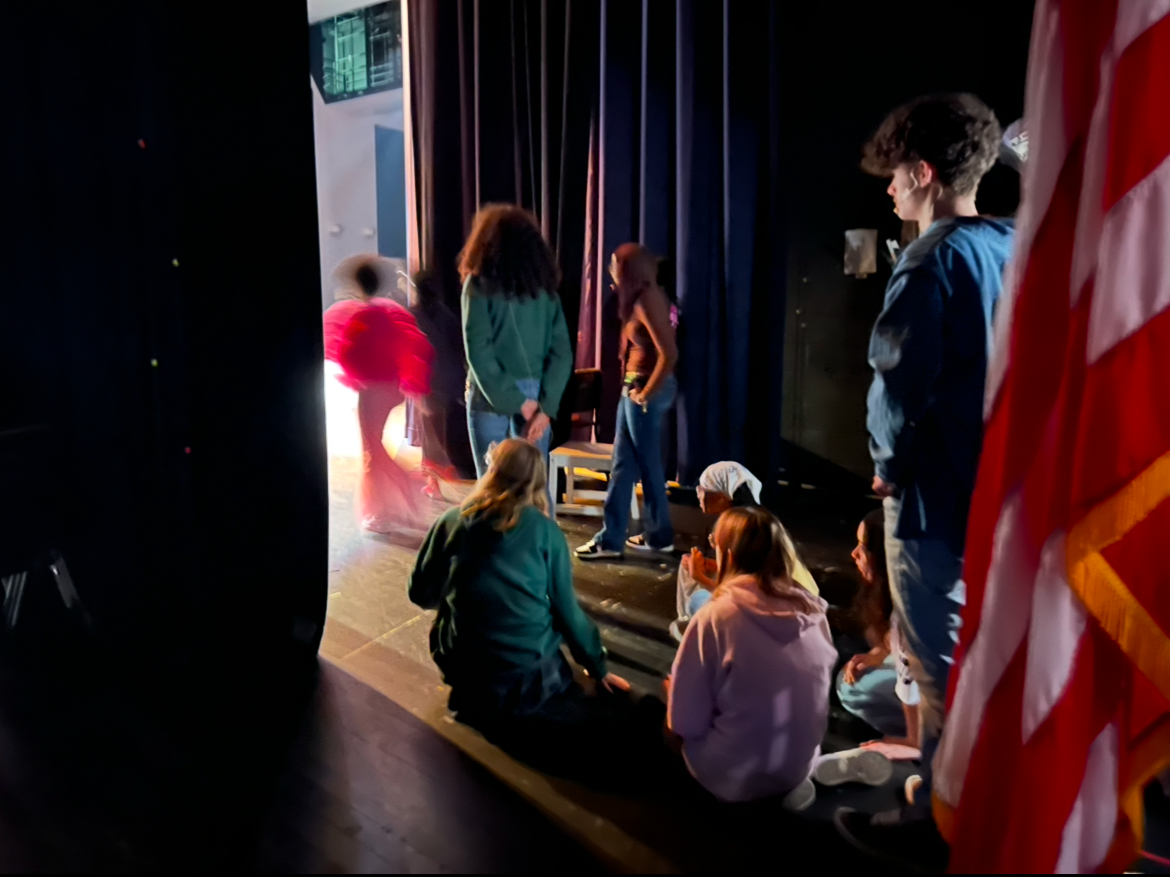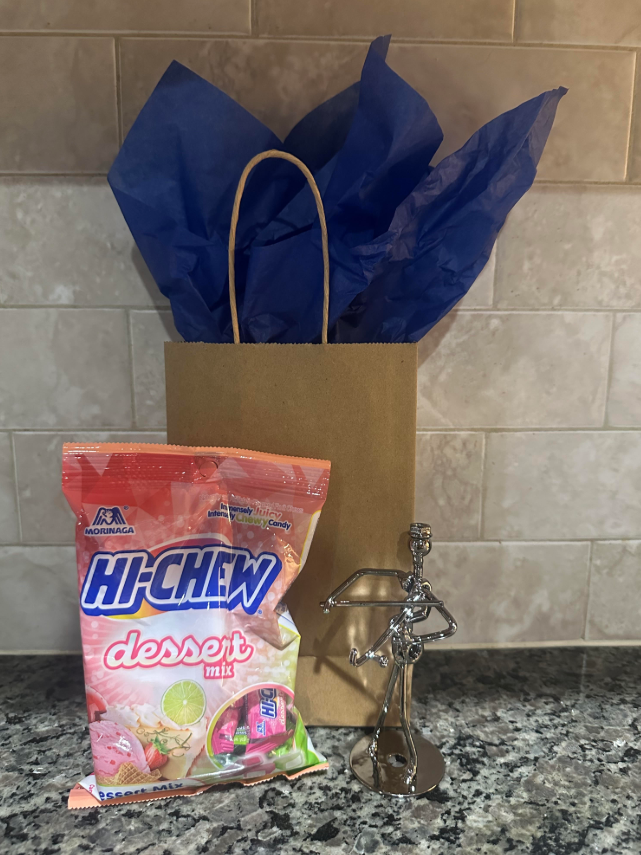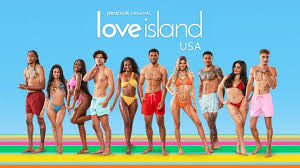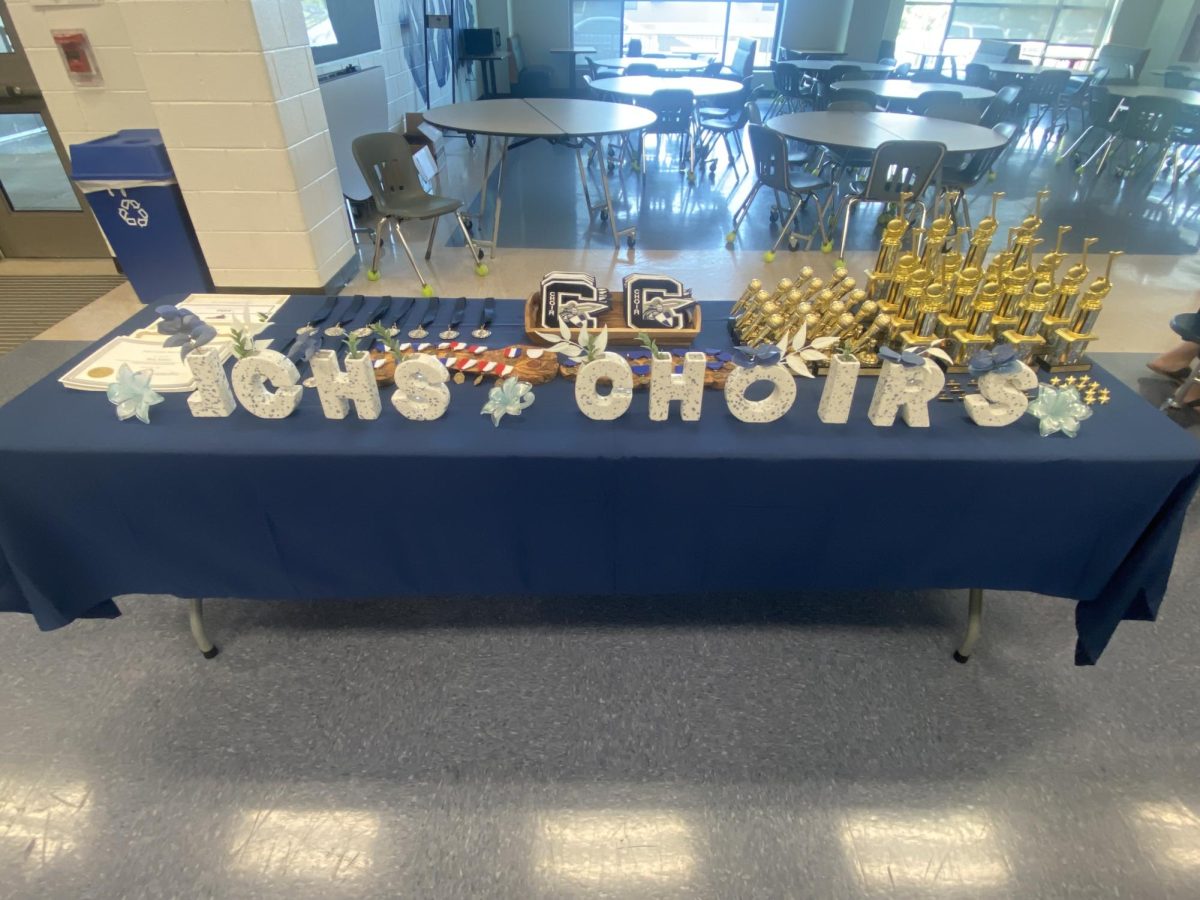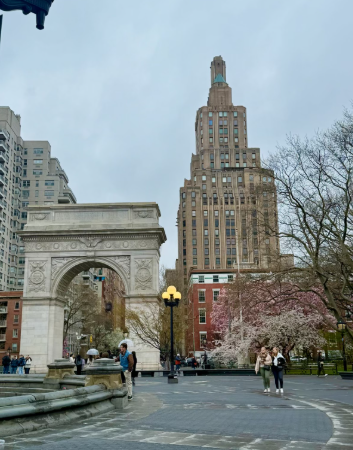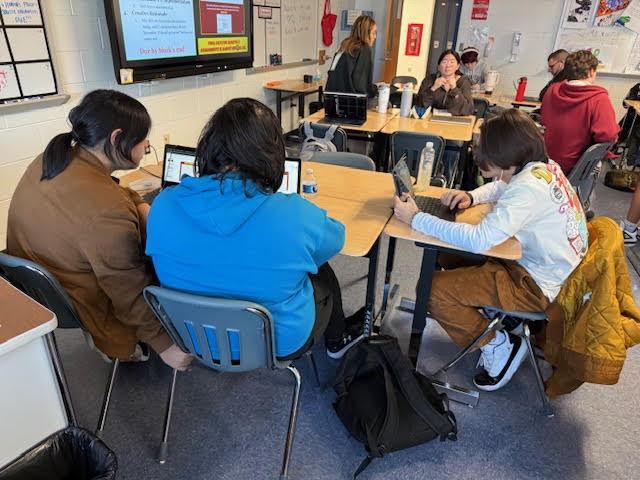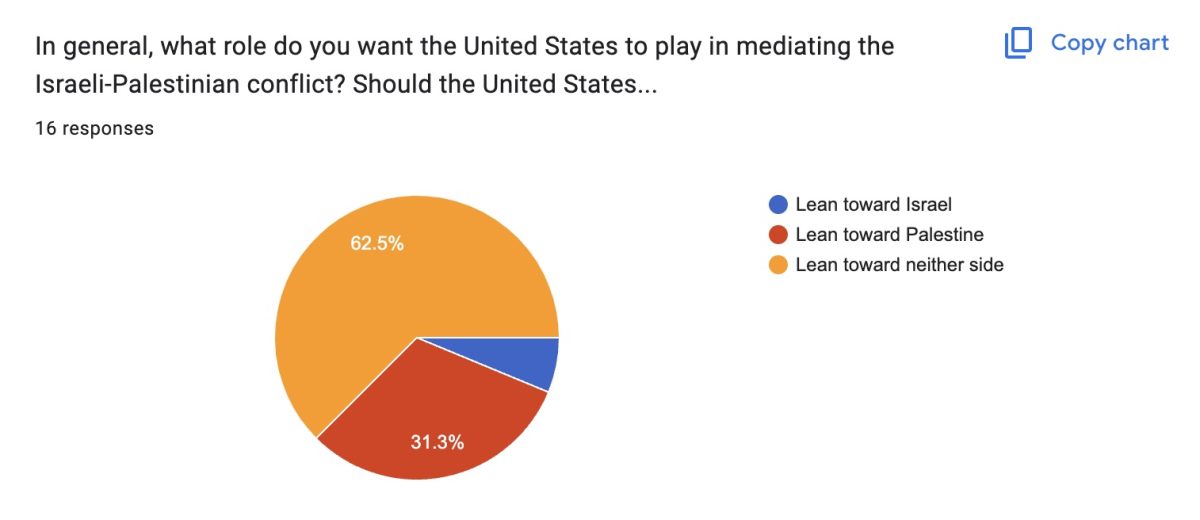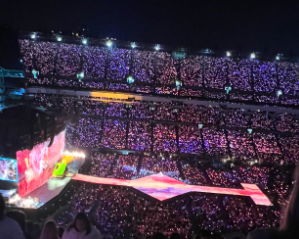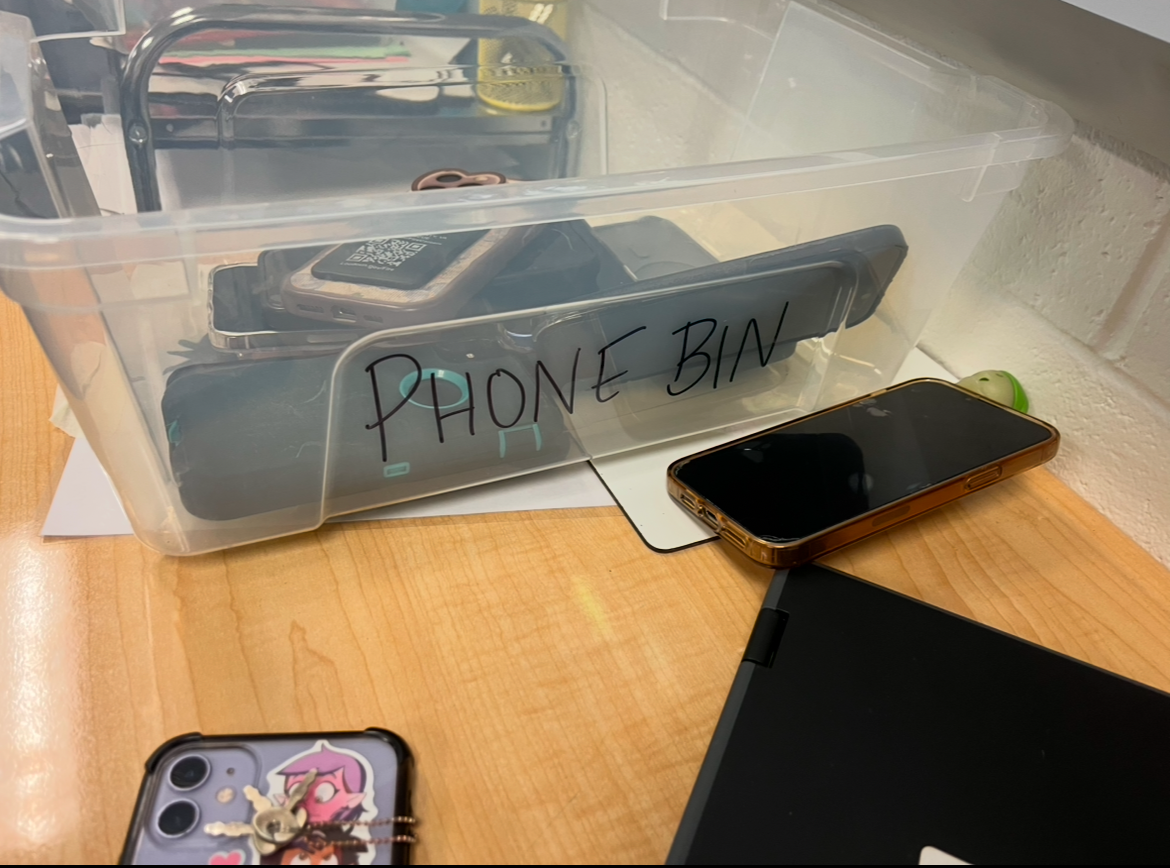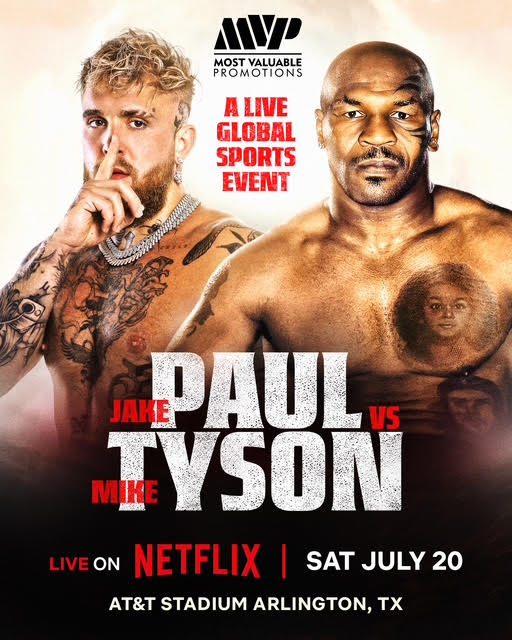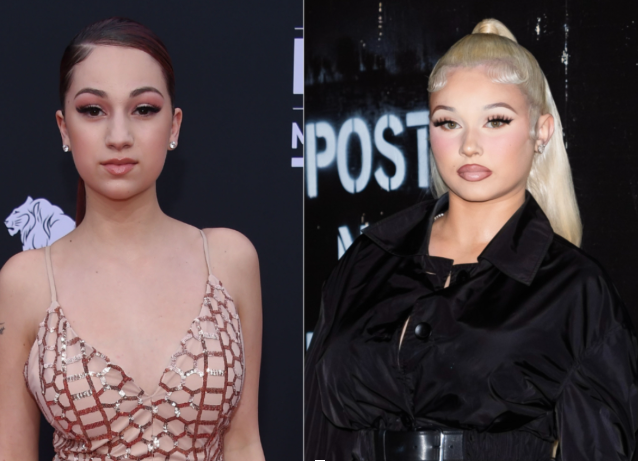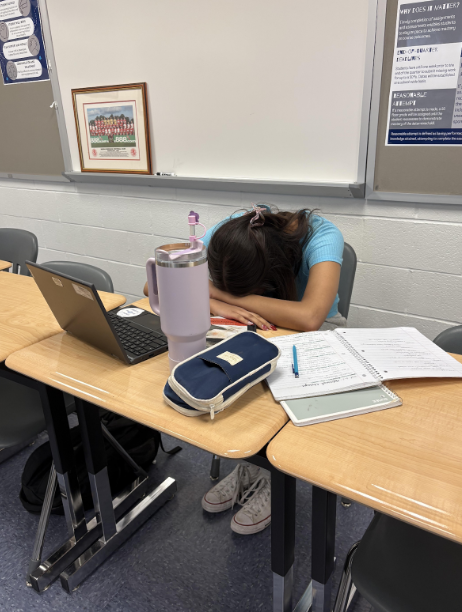
This new era of college sports, where athletes are transferring institutions and programs left and right, has been heavily influenced by the monetary benefits of name, image, and likeness (NIL). In 2009, UCLA basketball players and other players sued the National Collegiate Athletic Association (NCAA). They went head to head in a class action lawsuit, due to O’Bannon and his teammates claiming that EA Sports, a division of Electronic Arts which created a basketball video game, used their NIL without their consent or any compensation. Then, in 2014, football players from Northwestern University petitioned the National Labor Relations Board (NLRB) to classify student-athletes as employees, so they could benefit from commercial opportunities; while their petition was unsuccessful, the NCAA did recognize the effect that limiting monetization was having on the athletes.
Debates about NIL rules and regulations would continue to arise with Federal district and appellate courts bringing to light O’Bannons arguments 2015 which led to the NCAA increasing the grant-in-aid limit and college students having $5,000 per year as additional compensation; California passing NIL legislation through their “Fair Pay to Play Act” in 2019, prohibiting punishment by the NCAA or member schools for student-athletes who were earning NIL compensation; Colorado, Florida, Nebraska, New Jersey and other states passing laws in 2020 that allowed student-athletes to financially benefit from their NIL, and the National Association of Intercollegiate athletics (NAIA) passed laws that allowed NIL compensation during 2020 as well. Finally, in 2021 when the (NCAA) implemented new policies and rule changes, and the states established laws that restored college athletes NIL rights, allowing college athletes to profit from their NIL after the NCAA vs. Alston case where the Supreme Court rejected an NCAA appeal of its antitrust lawsuit, which ultimately led the NCAA to allow student-athletes to benefit from their NIL without consequences.
With athletes finally being able to benefit financially from their NIL, the transfer portal and the issues it has created for collegiate athletics have been increasingly apparent. According to ESPN, the National Collegiate Athletic Association (NCAA) first launched its transfer portal in 2018, allowing coaches and players to access a database that showed what athletes were available to be picked up. The portal allowed students to pick where they wanted to transfer without any repercussions, a much-needed change after athletes were prohibited from contacting other schools, and coaches were able to limit athletes’ options.
At the beginning of this new era, underclassmen student-athletes who wished to transfer were forced to sit out for one year before they could represent their new school as an athlete, while graduate transfers were allowed to play and represent their school right away. In 2021, the NCAA introduced a one-time transfer rule that allowed underclassmen to participate in their sport immediately, due to their ability to only transfer once; however, this rule was recently eliminated, and athletes are now able to transfer as many times as they deem necessary to succeed in college athletics. With athletes having the ability to transfer as many times as they want during their years of eligibility, many athletic programs are struggling nationwide to build and develop a team and maintain a fanbase, due to many athletes jumping at the opportunity to make more money at a different school instead of staying to help grow their current schools success and franchise.
One of the most recent developing issues surrounding the transfer portal on the East Coast is the University of Virginia’s men’s basketball program. After renowned head coach Tony Bennett retired, and interim coach Ron Sanchez took over for the 2024-2025 season, the Virginia Cavaliers ended their season with a 15-15 and a 8-11 record in ACC conference play. The disappointing season resulted in 10 of Virginia’s players entering the transfer portal, one of the most detrimental blows being Issac McKneely, their highest scoring player.

“While certainly not the season anybody was hoping for, I come away proud of the players for hanging in there, in spite of a tough situation, I am also appreciative of Coach Sanchez and his leadership in a tumultuous time,” UVA student John Bedell said. “I would’ve loved to have seen this team compete in March, and am certainly disappointed that didn’t happen, but to be honest, this season felt like a balloon with all its air let out— void of energy from the very beginning; regardless, when I went to the final home game of the season, and watch the team win a gutsy one against Florida State, the classic UVA energy and defensive intensity was still there.”
The atmosphere at the Cavalier’s’ home games was very low this year, missing the vibrant and energetic atmosphere that John Paul Jones has had in the past. After Virginia Athletics hired Virginia Commonwealth University’s (VCU) head coach, Ryan Odom, who led the VCU Rams to a 26-6 and 1st overall record in the Atlantic Conference, UVA players still entered the transfer portal.
“As I mentioned before, the season felt a little emptier than usual, even from the beginning; that being said, Coach Odom and his fast-paced offense will bring some joy back to JPJ (John Paul Jones Arena, I will miss last year’s players leaving through the transfer portal, but I’m excited for them to find new opportunities and have more say for themselves as they move forward,” Bedell said. “I am even more excited to watch all the new players in orange and blue this year, especially Jacari White, who grew up in my hometown; I think that in this new era of college basketball, there are a lot of ways a team can remake its identity and reignite the spark in many UVA fans.”
Odom will look to continue the success he had at VCU, and hopefully, Odom will be able to pick up good players through the rollercoaster that is the transfer portal. Odom and the Cavaliers are not the only programs taking blows from the portal. Another big transfer in the basketball world comes after the DI’s top scorer Ta’Niya Latson transferred to the University of South Carolina to be coached under one of the best women’s players, Dawn Staley. As many programs continue to take blows like the one that Florida is taking, many mixed opinions on the transfer portal have risen.
“I think the transfer portal is hurting college sports because the rules for eligibility are very vague and I don’t think it’s fair,” University of New Mexico softball player Ella Dawson said. “I feel like there should be rules about when an athlete can start playing at that university right into playing as opposed to just being able to go right into playing as soon as they transfer especially when we see people transferring in the middle of the school year.”
The transfer portal comes with many drawbacks for programs nationwide. The portal is very complex and it leaves programs either losing their major players or gaining some influential players to grow their team, but it does provide new opportunities for those struggling in their current position.
“The transfer portal has affected my team because after our last season we saw about ten people leave and we lost some really key players which definitely hurt us but it benefited us because we were able to pick up players where we needed them who had already had college sports experience and not everyone coming in were freshmen,” Dawson said. “I think it’s a great resource for people who aren’t happy where they currently are and aren’t getting playing time, but I don’t see myself entering the portal anytime soon because I am happy with where I am and there are no guarantees on a better offer when you do enter the portal.”

Thoughts and opinions surrounding the transfer portal vary from person to person; however, the NCAA may see more unified thoughts concerning the portal if the portal was set up to benefit programs more, and support players and the team to a greater extent.
“Some changes I would propose include a limit on how many times you can transfer because if you’re transferring every year of your college career then that puts schools and their programs at a disadvantage,” Dawson said. “I also think that once you transfer you should have at least a semester or year that you have to wait until you can compete at that school.”
There are a lot of factors that go into student-athletes deciding to transfer schools or remain at the school that they are at.
“I feel like NIL is one of the top reasons that people transfer in the first place, even with commits who aren’t even in college yet are deciding between schools and eventually committing to the school that gives them the most NIL money,” Dawson said. “I saw this happen with a big softball player who was playing at Stanford and then transferred to Texas Tech where she is now receiving millions in NIL money.”
The transfer portal is still an ongoing development within college athletics and many future regulations will definitely clear up some of the complexities, many will be following its transformation, waiting to see if the portal will end up benefiting or ruining college athletics.
“Personally I’ve seen a lot of positive changes in our school’s atmosphere at sporting events that are partly due to the transfer portal,” Dawson said. “Every player on my team gets NIL opportunities and has personal merch that families and friends can purchase and wear to games; I think our fan base has partly increased due to the merch we’ve been putting out and I hope it grows in the future.”
